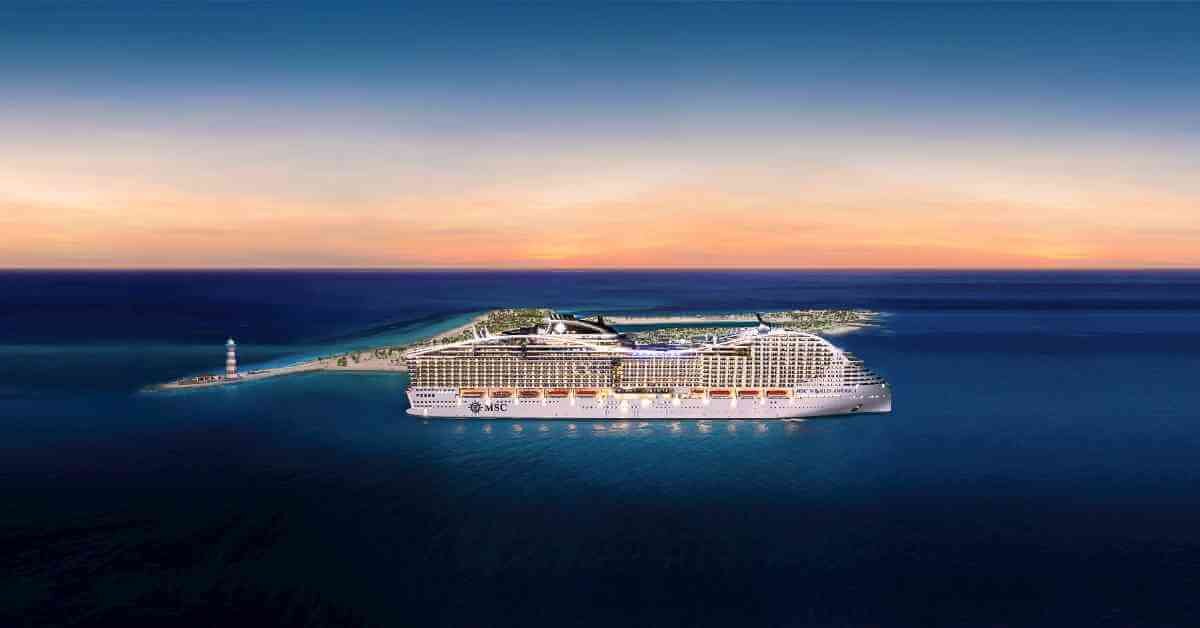In this week’s “Shipping Number of the Week” from BIMCO, Chief Shipping Analyst, Niels Rasmussen, looks at the current size of Japan’s fleet.
According to BIMCO, the country’s shipowners and shipyards could stand to benefit from the fees that the US will apply on Chinese owned and Chinese built ships. Niels Rasmussen explained that Japanese shipowners currently owned 12% of the global fleet’s deadweight tonnes capacity (DWT), making Japan the third largest shipowning country in the world and one of only three countries where shipowners controlled more than 10% of the global fleet’s DWT capacity.
The global fleet of 2.4tn DWT is owned by 16,622 shipowners in 178 countries. Of this, 604 owners, with fleets ranging in size from 115 DWT to 28.6m DWT, are from Japan.
During the economic miracle of post-war Japan, the country’s international trade grew alongside the economy. Measured in USD, Japan was the third largest merchandise exporter for thirty years between the early 1970s and early 2000s. Exports peaked at 10% of global merchandise trade in 1986.
In most years during the same period, Japan was also the world’s third largest merchandise importer with imports peaking at 7% of global merchandise trade in 1974.
While Japan’s exports and imports share of global merchandise trade have both fallen to 3%, the size of the fleet has remained strong,
While Japan’s exports and imports share of global merchandise trade have both fallen to 3%, the size of the fleet has remained strong,
… said Rasmussen.
The three co-owners of Ocean Network Express may be the most well-known Japanese shipping companies. Indeed, MOL, NYK Line and K Line remain the largest of the Tokyo-based shipowners. Combined with other Tokyo shipowners they own 48% of the Japanese fleet, making Tokyo the fourth largest shipping city in the world.
Surprisingly, the second largest shipping city in the country is neither Yokohama, Osaka, Nagoya, Sapporo or Kobe. Instead, it is Imabari, a city in the Ehime prefecture with a population of only 152,000.
The city is home to 112 shipowners that combined own one third of the Japanese fleet. That not only makes Imabari the second largest shipping city in the country but also the sixth largest shipping city in the world, only slightly behind Singapore in the number five spot.
Like their compatriots in Tokyo, Imabari-based companies such as Nissen Kaiun KK, Shoei KK and Mizuho Sangyo own a large share of the world’s bulk and container fleet but are less involved in the tanker sector. Tokyo-based owners dominate the sector in which Japan owns the largest fleet in the world: gas tankers.
The Japanese-owned fleet has grown only marginally during the past ten years and the gap to the fleets of China and Greece have widened. However, Japan remains critical to the shipping industry, and its shipowners and shipyards could stand to benefit from the fees that the US will apply on Chinese owned and Chinese built ships,
The Japanese-owned fleet has grown only marginally during the past ten years and the gap to the fleets of China and Greece have widened. However, Japan remains critical to the shipping industry, and its shipowners and shipyards could stand to benefit from the fees that the US will apply on Chinese owned and Chinese built ships,
… Rasmussen concluded.






